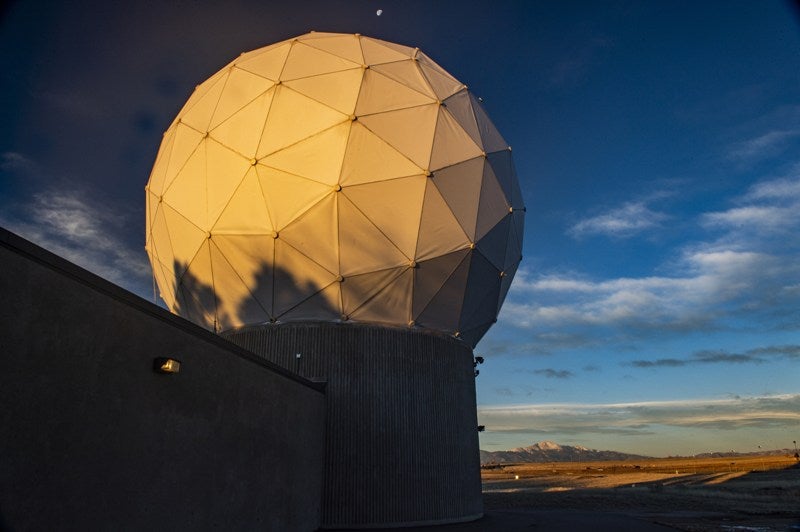
Raytheon has announced that its global positioning system (GPS) next-generation operational control system’s (GPS OCX) modernised monitoring station receivers are ready for installation worldwide.
The installation will start in August and follows after GPS OCX completed final qualification testing of the system’s monitor station receivers.
Raytheon noted that GPS OCX is the enhanced ground control segment of a US Air Force-led effort to upgrade the country’s GPS.
Raytheon intelligence, information and services president Dave Wajsgras said: “The modernised receivers give GPS OCX the ability to receive and decrypt all GPS III military and civil signals, a critical capability the current system doesn’t have.
“Monitor station receiver installation keeps us on track for full system delivery by our June 2021 contractual deadline.”
The upgraded receivers are designed to measure and monitor legacy military and civilian signals sent by the current GPS satellite constellation.
How well do you really know your competitors?
Access the most comprehensive Company Profiles on the market, powered by GlobalData. Save hours of research. Gain competitive edge.

Thank you!
Your download email will arrive shortly
Not ready to buy yet? Download a free sample
We are confident about the unique quality of our Company Profiles. However, we want you to make the most beneficial decision for your business, so we offer a free sample that you can download by submitting the below form
By GlobalDataIn addition, the receivers will monitor new signals sent by the next-generation GPS III.
Another key function of the receivers is to feed correction models at the master control station. This will provide relevant information to USAF satellite controllers to be able to make key adjustments to maximise accuracy.
In September 2017, Raytheon delivered GPS OCX launch and checkout system (Block 0) to the USAF at Schriever Air Force Base in Colorado Springs.
Block 0 is responsible for the provision of the computing hardware, operations centre workstations and mission application software needed to launch and check the condition of GPS III satellites.
The next-generation GPS is intended to deliver automation for operational efficiencies. It will also enable interoperability with geo-positioning and navigation systems of other countries.
For military users, the system will deliver anti-jam capability.
The GPS modernisation will see Raytheon deliver the full enhanced ground control segment in 2021.
The additional satellites flown by GPS OCX are expected to offer greater coverage in challenging areas such as urban canyons and mountainous terrain.







